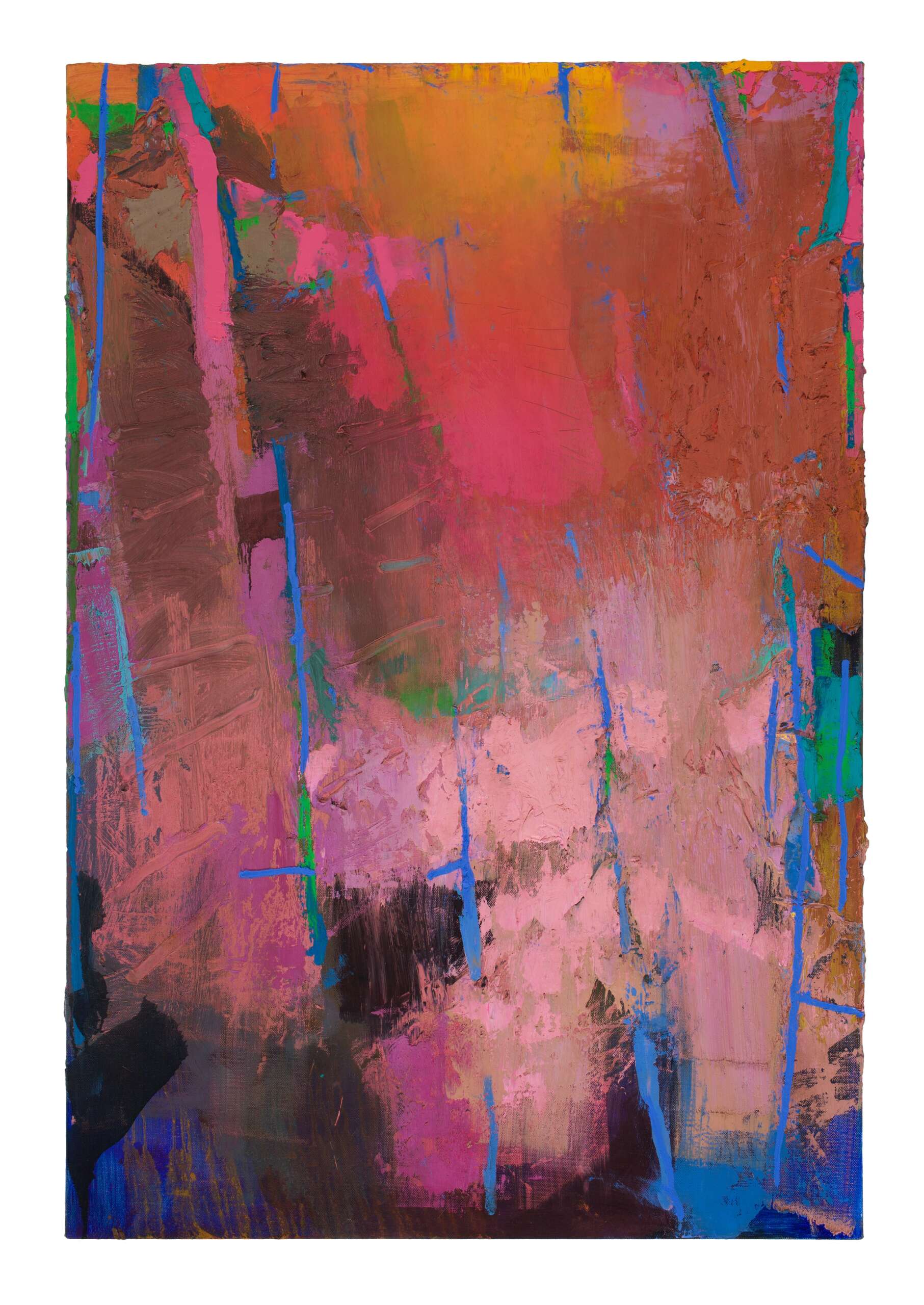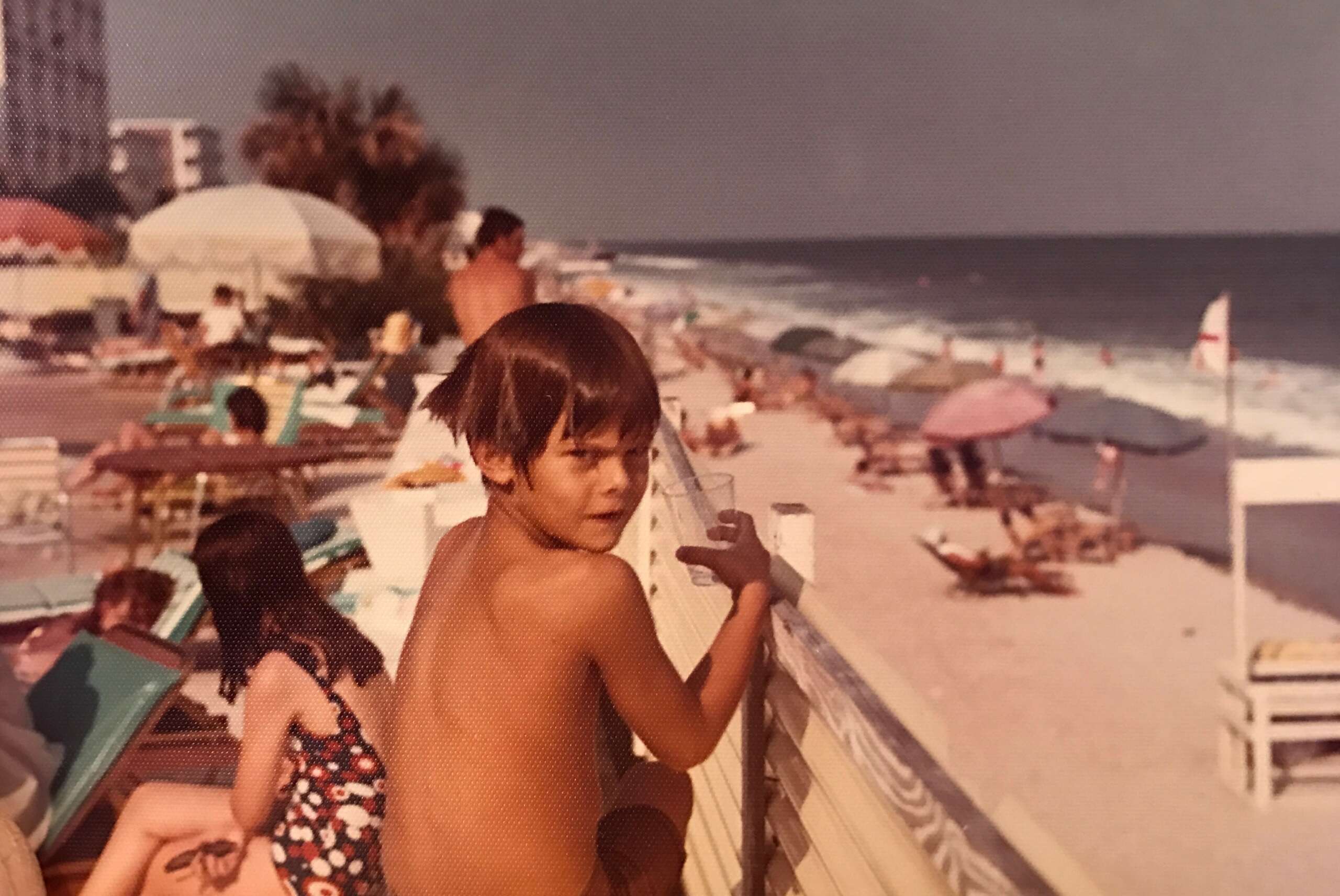We recently connected with BRIAN RUTENBERG and have shared our conversation below.
BRIAN, appreciate you joining us today. What’s the kindest thing anyone has ever done for you?
Michael Tyzack was more than my friend, mentor, and painting teacher at the College of Charleston-School of the Arts; he was one of the most influential figures in my life. Born in Sheffield, Yorkshire in 1933, Michael studied at London’s Slade School of Fine Art in the 1950s under Victor Pasmore, Lucien Freud, and Sir William Coldstream. He appeared in the 1958 Alec Guinness film, The Horse’s Mouth, and was a member of the 56 Group Wales from 1967 to 1972 before moving to America, first to Iowa, and then Charleston, where he co-founded the studio art program where I studied from 1983-1987.
One Saturday evening during my junior year, I was painting in my little studio on the fourth floor of the fine arts department when the pay phone down the corridor door rang. I answered. It was Tyzack. I wedged the phone between my chin and shoulder (as not to get any more oil paint on it) as Michael asked me to put down my brushes and walk three blocks over to the Joseph Manigault House, an antebellum mansion that frequently hosted high society events. He was attending a reception for the Historical Preservation Society.
“Michael, I’m wearing dirty jeans and paint-splattered sneakers. I can’t possibly go to a fancy party”.
There was silence. Michael calmly said,
“Never forget who you are. You are a painter. You stand ten-feet tall and ironclad. You’re one of the lucky ones who get to dream while awake. I put you on the guest list.”
“Ok. I will come”.
I put down my brushes and walked into the thick Carolina night to the Joseph Manigault House, where a vinegar-lipped cadaver said,
“Deliveries in the rear.”
“It’s cool. I’m on the guest list.”
Women in taffeta and gentlemen in crisp tuxedos gasped as I entered the ballroom in my dirty jeans and paint-splattered sneakers. I scanned the room, but no sign of Michael. Embarrassed, I made my way over to the buffet and piled a China plate full of popcorn shrimp with a dollop of cold tartar sauce and stood in the corner to eat. Just as I was about to leave, someone called my name. I turned around, and my world changed. It was Michael, scotch in-hand, wearing dirty blue jeans and paint-splattered sneakers, standing ten feet tall and ironclad.
My teacher was telling me to stop being afraid and join the world. A career doesn’t come to you, you must move towards it. Suddenly, I realized that I was part of a tribe, an all-volunteer army who wear the face paint of mandrills and speak-in-tongue. This wasn’t agency, it was blood. To be an artist is to be part of a family. The first sentence in Ernst Gombrich’s The Story of Art says it best, “There really is no such thing as Art. There are only artists.” Life’s most valuable lessons don’t always appear as Tiffany windows but chime like tiny bells under your ears. The kindest thing that anyone has ever done for me was give me permission to be myself.


BRIAN, love having you share your insights with us. Before we ask you more questions, maybe you can take a moment to introduce yourself to our readers who might have missed our earlier conversations?
Art is born of limited perspectives. I’m not an artist, not a painter, not even a landscape painter, but a landscape painter who was born in South Carolina and lives in New York City. That’s my superpower under the sun. The more narrowly I describe myself the more room I have to invent within those self-imposed limitations.
I’ve come to realize that my paintings would not have been possible thirty years ago; I had neither the skill nor the circumspection that comes with age. Plus, I’ve been away from my subject for more than half of my life because I choose to live in a city that has amplified my treatment of light and space. When you put all of those things together, what you get are paintings that belong to their place. I’ve never needed a position because I have a place. I don’t paint South Carolina, I manufacture a place, and South Carolina becomes it.


Learning and unlearning are both critical parts of growth – can you share a story of a time when you had to unlearn a lesson?
Unfortunately, boredom has become a bad word for children. What happened to playing with a stick in the woods, or gnawing around the almond in an Almond Joy? Creativity thrives in ennui. Boredom allows the mind to wander and, the more advanced the mind, the greater the need for the simplicity of play. In 1817, English poet John Keats postulated a theory called Negative Capability, which refers to an artist’s capacity to place intuition and uncertainty above logic and reasoning, allowing him or her to remain in an open-ended search for truth and beauty. Society doesn’t turn to artists for logical reasoning and sound fiduciary advice. They expect us to stand naked in traffic. We play because we can.


What do you find most rewarding about being a creative?


Contact Info:
- Website: www.Forumgallery.com/artists/Brian-rutenberg
- Instagram: Brianrutenberg
- Facebook: Brian Rutenberg Painter
- Youtube: Brian Rutenberg art
- Other: Please check out my YouTube series Brian Rutenberg Studio visits. There are ninety videos and counting that cover everything from technique, career advice, and philosophy all brimming with a love of process.
Image Credits
All painting photos are courtesy of the artist


